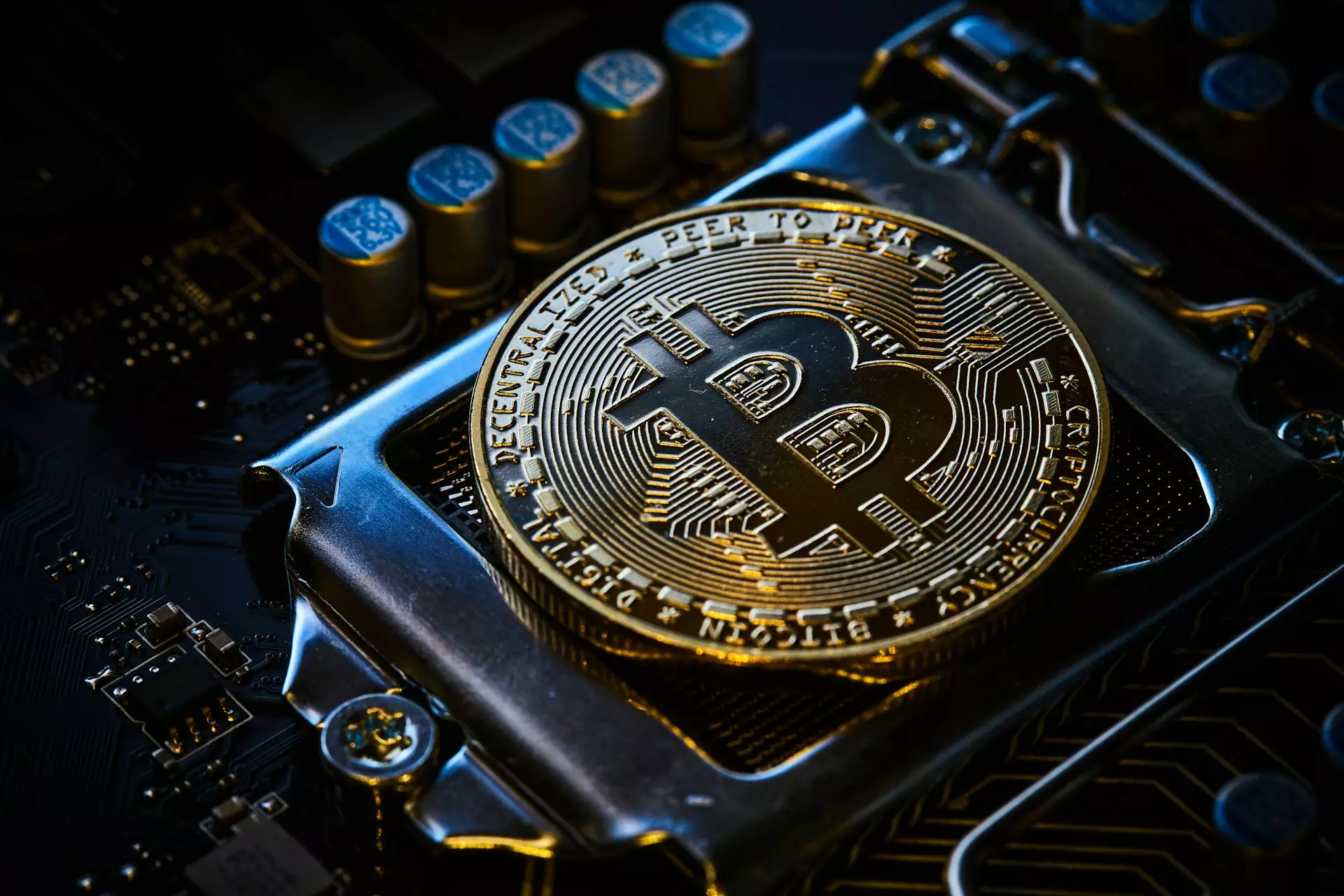In the ever-evolving landscape of global finance, President Donald Trump’s announcement of a 90-day pause for tariffs, excluding China, has created a shockwave through market dynamics. While many may see this as a temporary retreat, it showcases a crucial strategy in what is largely perceived as a high-stakes game of economic chess. The decision, juxtaposed against the backdrop of heightened tensions with China, is not just about short-term gains but encapsulates a deeper narrative about trade, respect between nations, and the unpredictability of the markets.
This pause seems calculated, reflecting an acute awareness of multiple global reactions. As Trump himself pointed out, it was a direct response to “the lack of respect” China exhibited towards not just the U.S. but also its allies within the international trading community. With a simultaneous announcement of a whopping 125% tariff on Chinese imports, this dual approach emphasizes a combative stance while keeping other nations in negotiation mode. If nothing else, it demonstrates a unique blend of aggression and diplomacy – perhaps a reflection of Trump’s ‘Art of the Deal’ mentality.
Immediate Market Reactions: A Surge or Just a Sizzle?
In the wake of Trump’s announcements, the immediate impact on the markets was one of euphoric optimism. Stock indices like the S&P 500 surged by approximately 6%, a clear signal that investors initially perceived this pause as a positive signal. The crypto market enjoyed a similar uplift; Bitcoin soared from $76,000 to nearly $83,000 within hours, a remarkable surge for an asset already notorious for its volatility.
Yet, here lies the first criticism: such surges can be misleading. Market reactions, especially ones tied to political announcements, can often be short-lived. The optimism experienced in the wake of Trump’s post was overshadowed by the looming uncertainties surrounding trade relations with China—a nation that has proven to be resilient in the face of tariff complications. While the initial response was positive, the larger question remains: how sustainable is this growth?
A Case of Crypto Resilience Amid Market Chaos
What is particularly fascinating is the response of cryptocurrencies. With Bitcoin and Ethereum climbing amidst the chaos, one might assume that these digital currencies are detached from traditional market pressures. Yet, they mirror the concerns of global investors. The surge in Bitcoin prices correlates starkly with the announcement of reduced tariff rates and pauses, displaying an insightful, albeit desperate, hope from investors.
However, a closer examination reveals a different story. Bitcoin’s recent history indicates a pattern where price spikes are followed by swift corrections. The euphoria following this tariff news led to $75 million worth of Bitcoin shorts being liquidated. Such volatility raises serious questions about stability within the crypto space. Is this surge truly indicative of a fundamental shift, or merely a market response to fleeting political maneuvers?
Political Shenanigans and Economic Realities
While these fluctuations paint a picture of vibrancy, there is an underlying sense that we are dealing with a façade of economic stability. The pause in tariffs is, without doubt, a tactical maneuver aimed at placating global anxiety over trade skirmishes, yet it also reflects an unpredictable political milieu. Herein lies the crux of the matter: markets thrive on certainty, but political decisions are anything but predictable.
This tug-of-war makes for a compelling narrative, yet investors are advised to tread carefully. The interplay of cost, respect, and negotiation is not merely an abstract concept; it has tangible consequences on businesses, investors, and everyday citizens. Although today’s temporary halt might seem beneficial, it often masks deeper economic uncertainties that could resurface when the pause is lifted and negotiations break down.
Looking Ahead: The Fine Line Between Strategy and Stability
As we move further into a world where trade tensions are a norm rather than an exception, it becomes essential to analyze the long-term implications of such political maneuvers. The markets are highly susceptible to the winds of change, and today’s bullish surge could easily be tomorrow’s bear market if the political landscape shifts again.
The pause instituted by Trump may very well be a pivotal moment in his administration’s approach to trade. It might establish a blueprint for navigating complex international relations, but it equally risks fostering a climate of speculation and uncertainty. Balancing aggressive trade strategies while ensuring global economic collaboration is the puzzle that future investors must solve. Perhaps more than ever, the intersection of politics and economics is the arena to watch, as it will define not only market trajectories but also the broader global economic narrative in the years to come.















